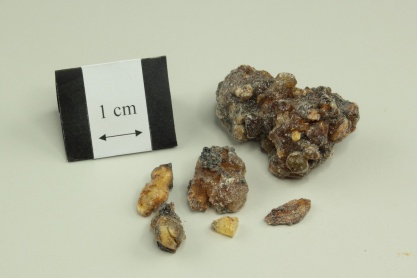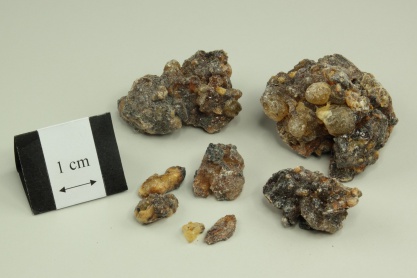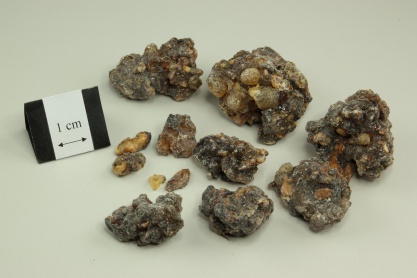乳香
- ENG
- Frankincense
- LATIN
- Olibanum
| Medicinal Group | Blood-activating analgesic medicinal |
|---|---|
| Source | Dired resin of the bark of Bowswellia carterii Birdwood or several other species of the same genus (Fam. Burseraceae) |
| Nature and Flavors | pungent, bitter; warm |
| Meridian Affinity | Liver, Heart, Spleen |
| Actions | To promote the flow of qi and activate blood, stimulate mentrual discharge and relieve pain, reduce swelling and promote tissue regeneration |
Family
Burseraceae
Part used
Resin
Indications
Traumatic injuries, sores and ulcers, carbuncles; pain due to blood stasis
Research Findings
- The Research Findings for effectiveness of frankincense extracts in asthma, rheumatoid arthritis, Crohn's disease, osteoarthritis, and collagenous colitis is encouraging but not compelling.[1]
Cautions
Contraindicated in pregnancy or patient without blood stasis
Report on adverse effect
No Data.
Reference
Reference
- Ernst E. ( 2008). Frankincense: systematic review. BMJ. , 17;337:a2813. doi: 10.1136/bmj.a2813.












